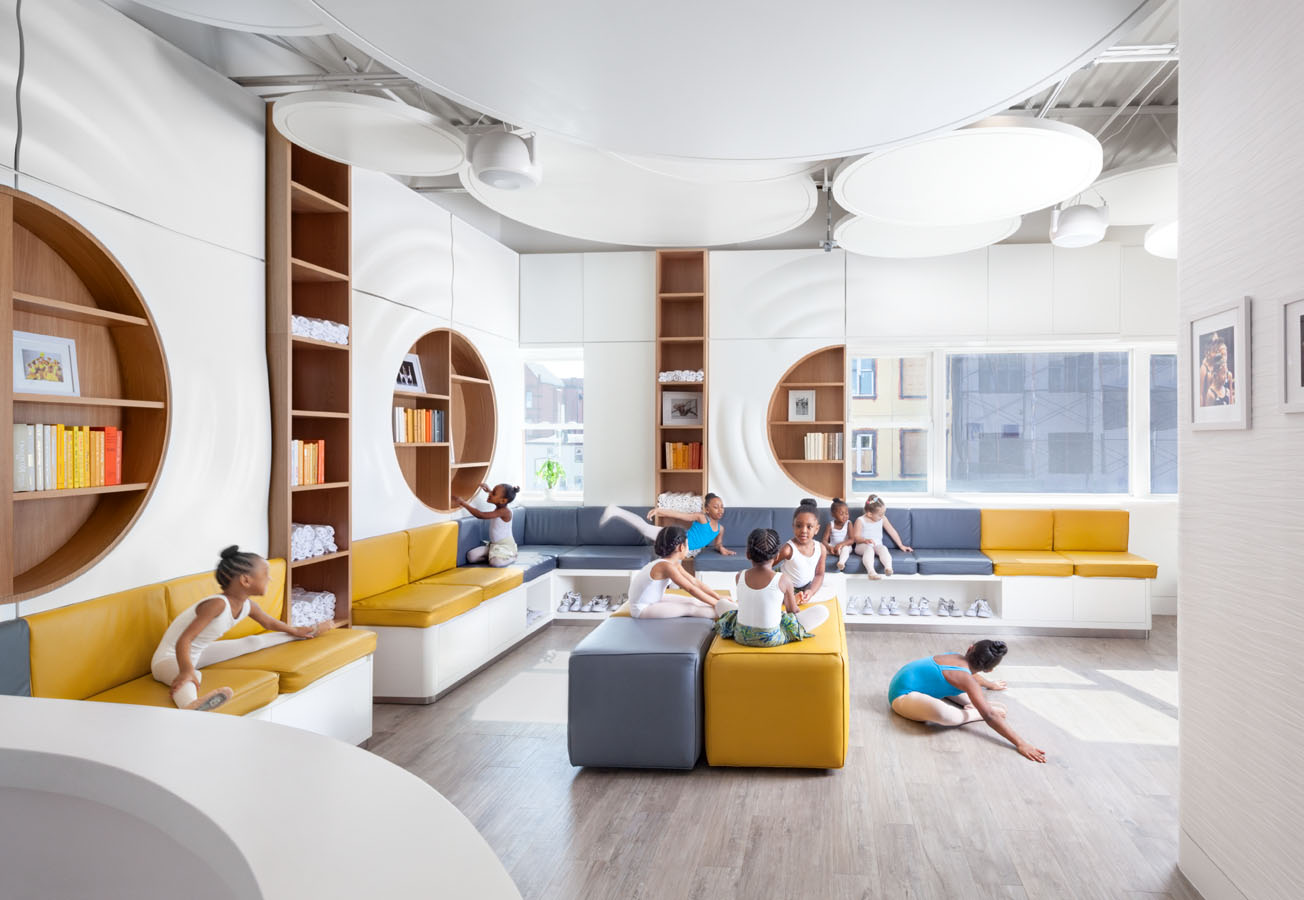Sometimes the little projects make the biggest difference.
YCL Studio is a multi-disciplined design firm based in the Lithuanian capital of Vilnius. They are part of a new generation Lithuanian architects who use their international experience to strengthen local architecture and spread the word internationally. Surprisingly, their most internationally recognized projects is one of their smallest: a small studio apartment in Vilnius on Bazilijonu Street dubbed Bazillion Apartment.

In the Bazillion apartment, YCL Studio has drawn a clear line between the day and the night program of this pied-à-terre for two, while simultaneously blurring the conventional division between the ‘wet’ and the ‘dry’ part of a dwelling. The compact apartment, which comprises 45 square meters, is essentially one open space divided into two by a single, ceramic-clad wall. The dwelling is located in a new residential building in the Old Town of Vilnius and has been commissioned by a frequent traveler, who uses it for short stays in the capital of Lithuania.

In this apartment, the designers from YCL have made one clever adaptation to conquer and divide the space: an oblique wall which splits the interior into two equal parts, one containing the living area and kitchen, the other the bedroom and bathroom. The former is cool and light, the latter warm and massive. The cool part has a white wooden floor, a white ceiling, and white walls, while the floor and walls of the warm part are covered in tiles in three shades of an earthy reddish brown. These tiles are chosen from AGROB BUCHTAL’s Goldline series. The concrete ceiling of this part of the apartment is painted as well, in a terra cotta color close to those of the tiles.

The two contrasting parts of the interior are tied together by furniture in black, white and gray. The absence of any other color than terra cotta has a strong effect, giving the slightly unusual impression of being in a partially colored black-and-white movie. A comparable monochromatic color strategy has been used by YCL in several other projects, such as the VINTED office interior, featuring black, white and gray furniture as well, where one area is gray, another green, yet another yellow and the entrance area purple.

In the process of designing the apartment’s interior, the architects have explored multiple possibilities to maximize the difference between the two parts, testing different contrasts in material and color work.
“We imagined that the day is bright, full of light, talks, friends, food while the night time asks for a private, safe and cozy place, and is a bit dark, and sleepy,” said YCL Studio architect, Aidas Barzda. “This opposition is articulated by drawing a sharp line.”

Expressing these different moods in a relatively contained space has been the leading concept and has driven every design decision here, letting nothing divert the attention. Barzda notes that for them, and the client, who was fond of the idea, the apartment should have a strong and unconventional character.
The contrast they have opted for, white wood versus terra-cotta-colored ceramics, is not only strong in itself but contains an intriguing twist as well. The conventional division in apartments is based on the presence, or absence, of running water. Usually, the kitchen, bathroom, and toilet are grouped together and often treated as a unit. In this case, the material of choice for the ‘wet’ part of a dwelling is not applied in the kitchen, while the bedroom is clad with ceramics.

“We wanted to use a natural material which could ‘fill the space’ and would suggest that it would be there permanently,” said Barzda.
The terra cotta hints at the red bricks used throughout the Old Town. Moreover, the designers believe ceramics could evoke the calm atmosphere they were seeking. Most importantly perhaps for the critical success of this interior is how the tiles have been liberated from their common, limited role and have become the front and center of the interior. In this small studio apartment, it makes a big difference.
[photography by Leonas Garbacauskas for AGROB BUCHTAL][latest articles]
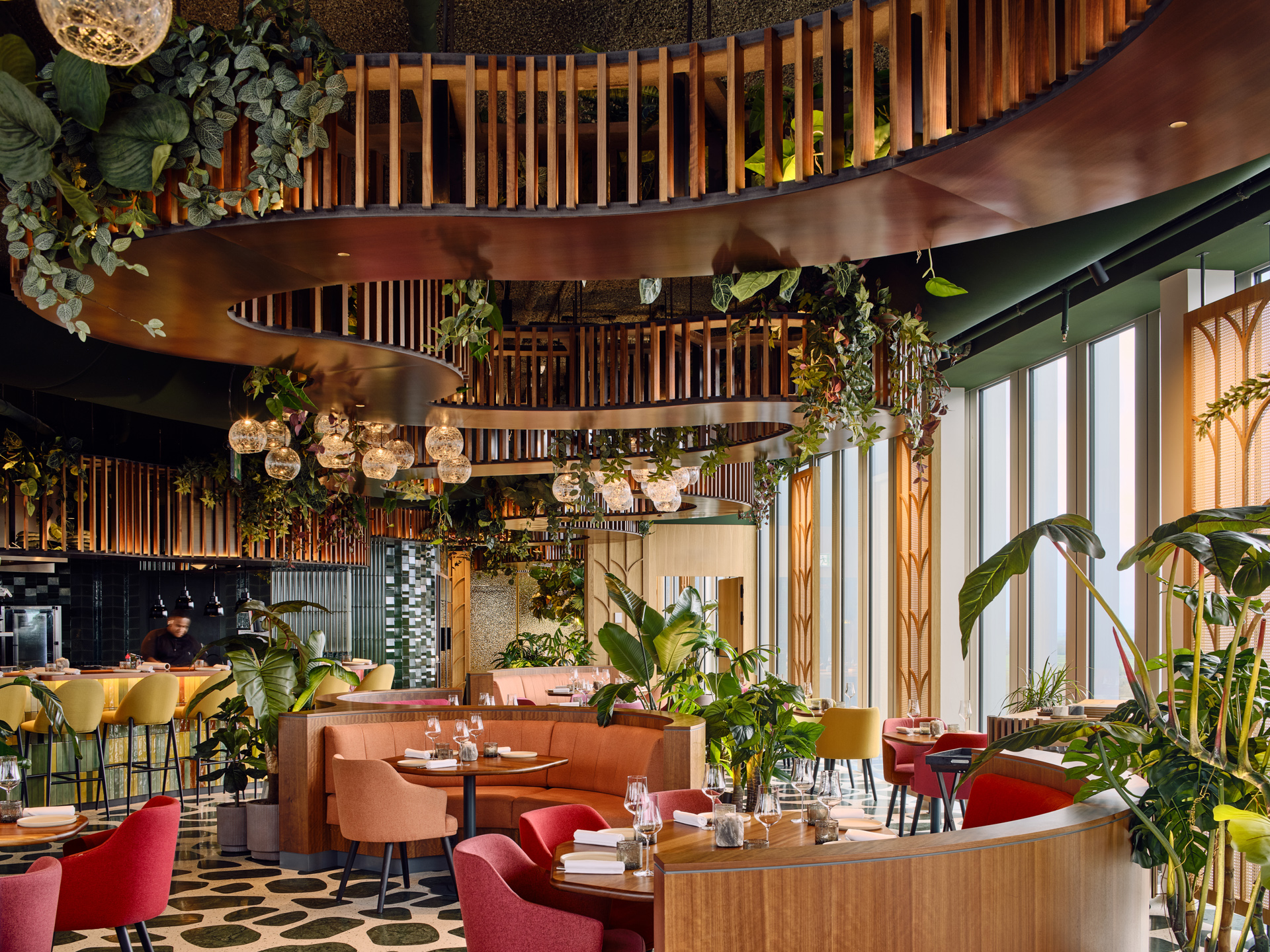
Selva Restaurant: A Design Inspired Dining Experience in Amsterdam
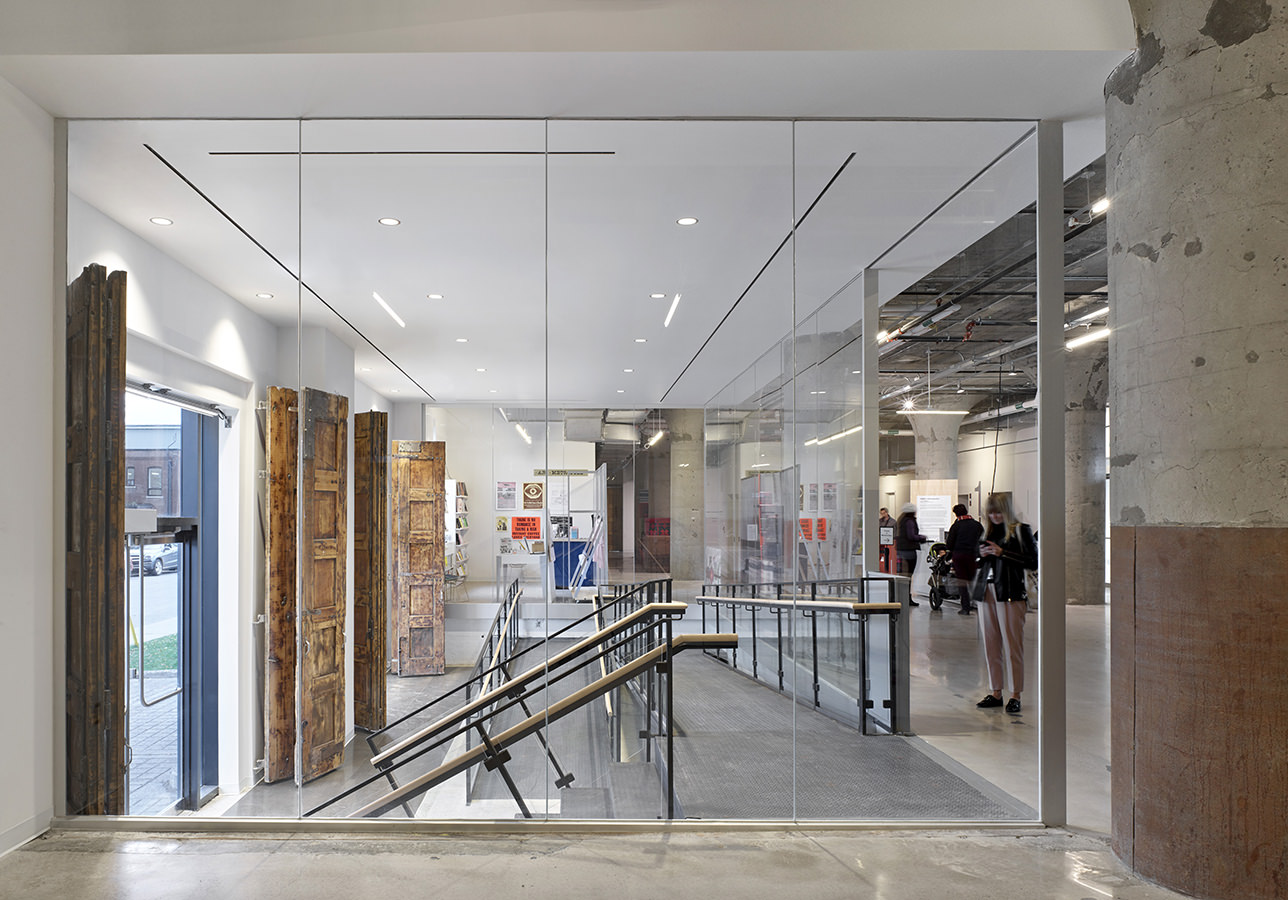
New Home of Toronto’s Museum of Contemporary Art
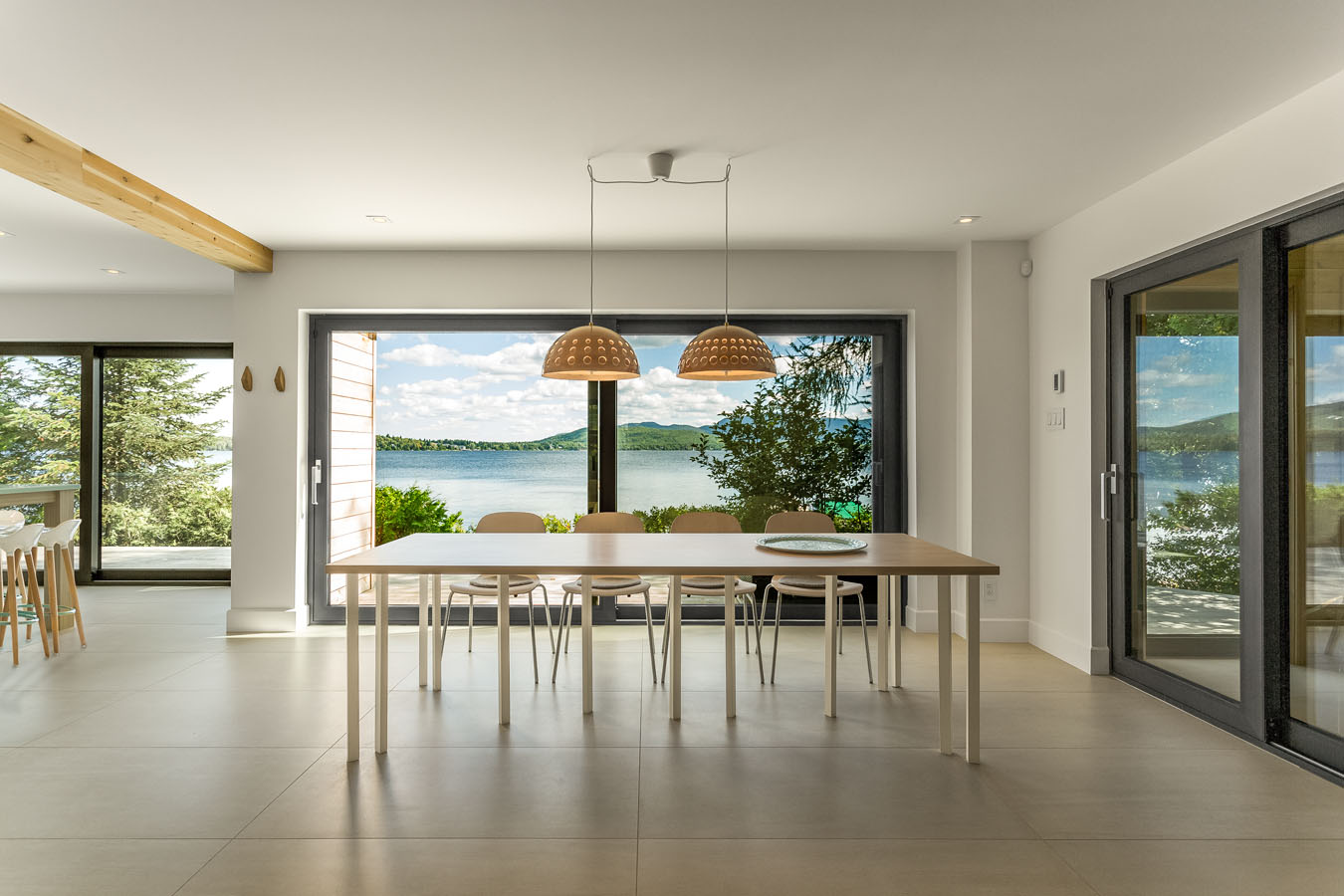
Nordic Architecture and Sleek Interior Design
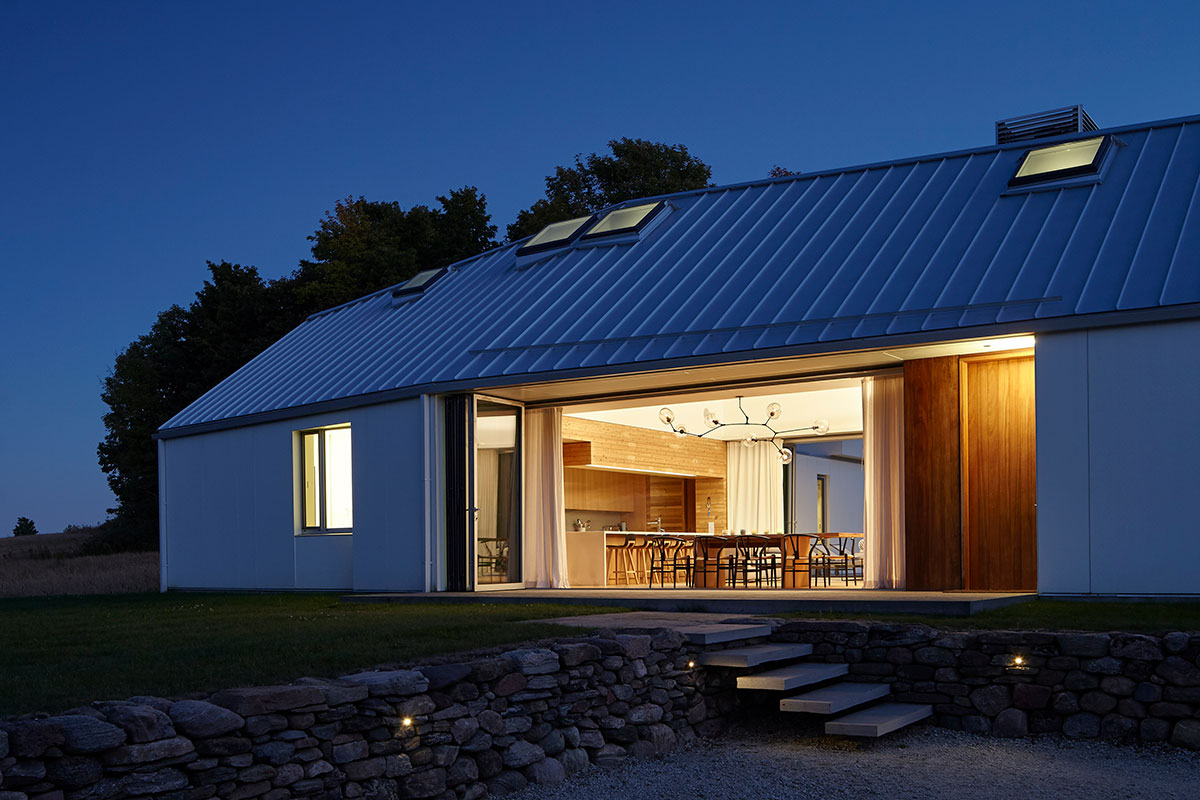
Charting a New Course at Compass House
